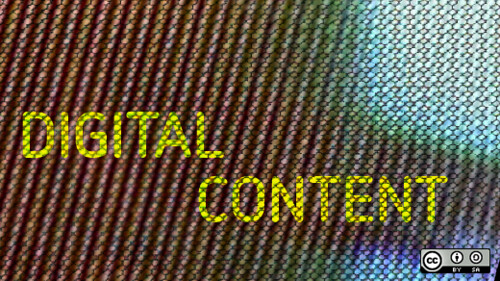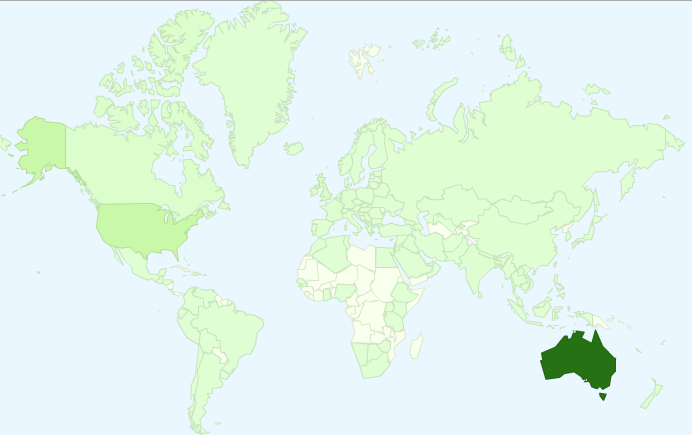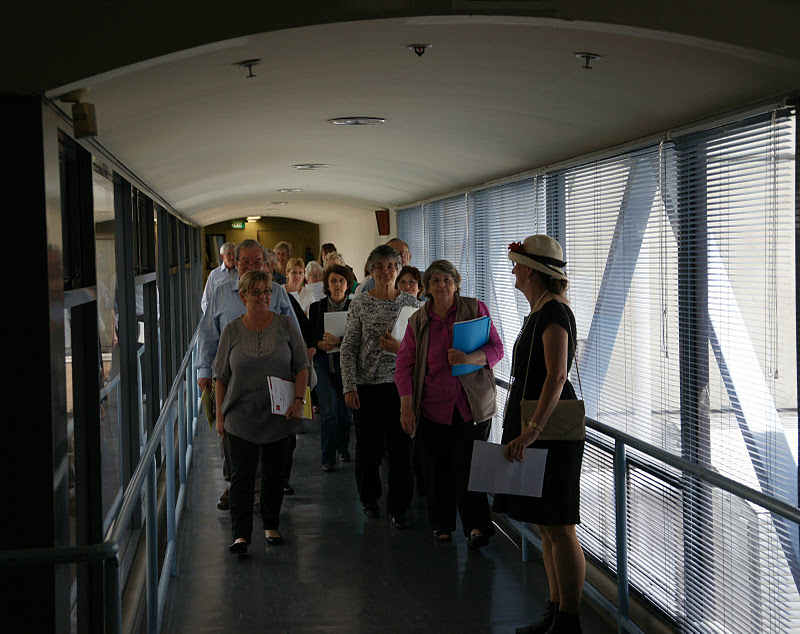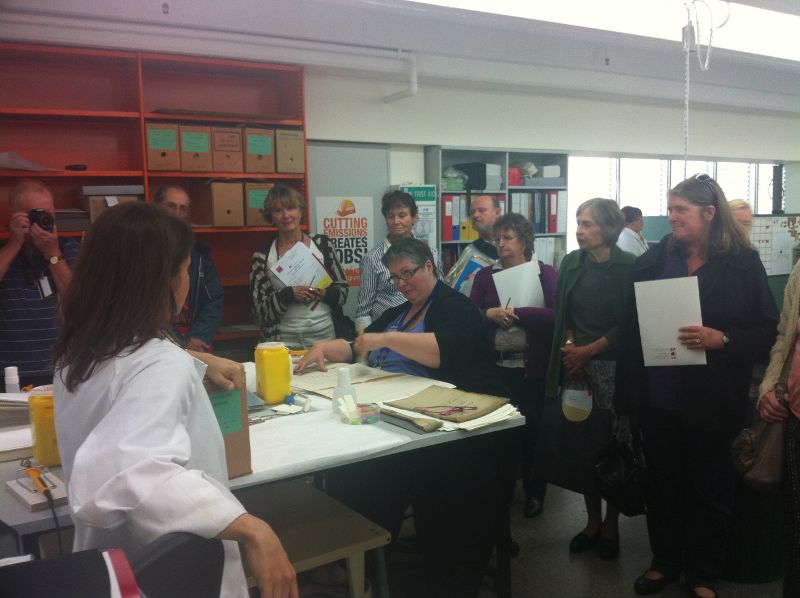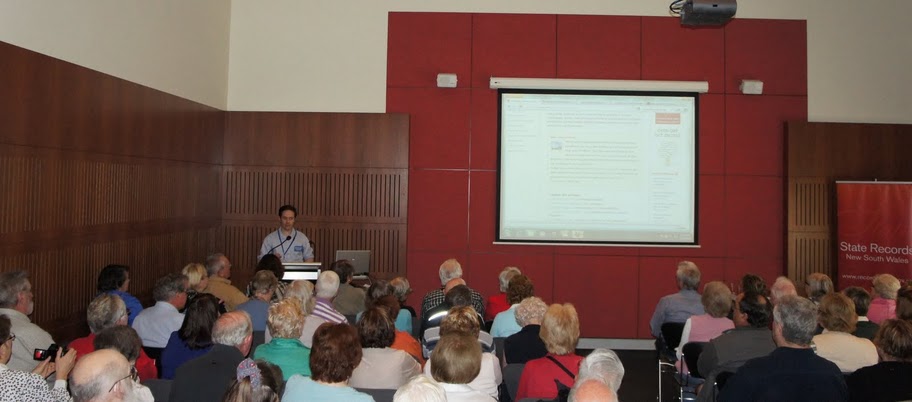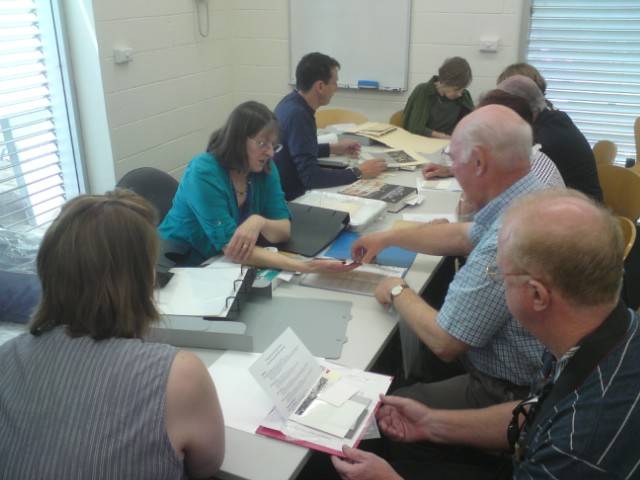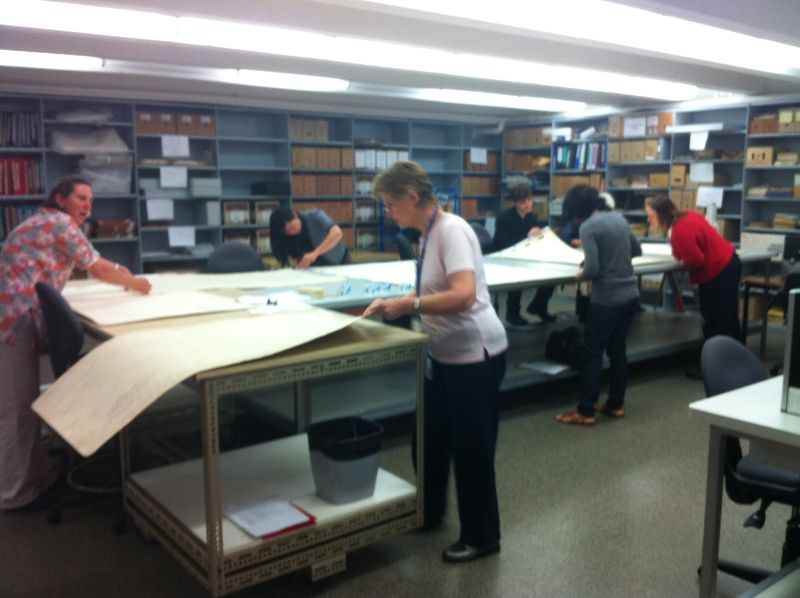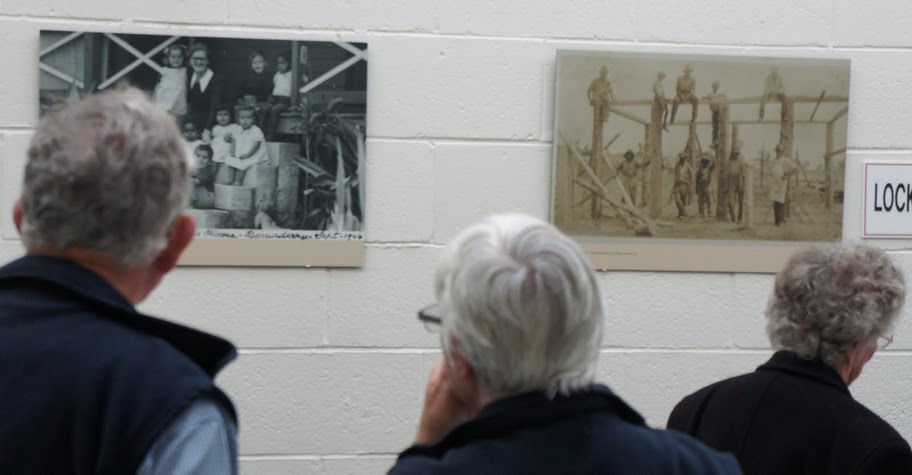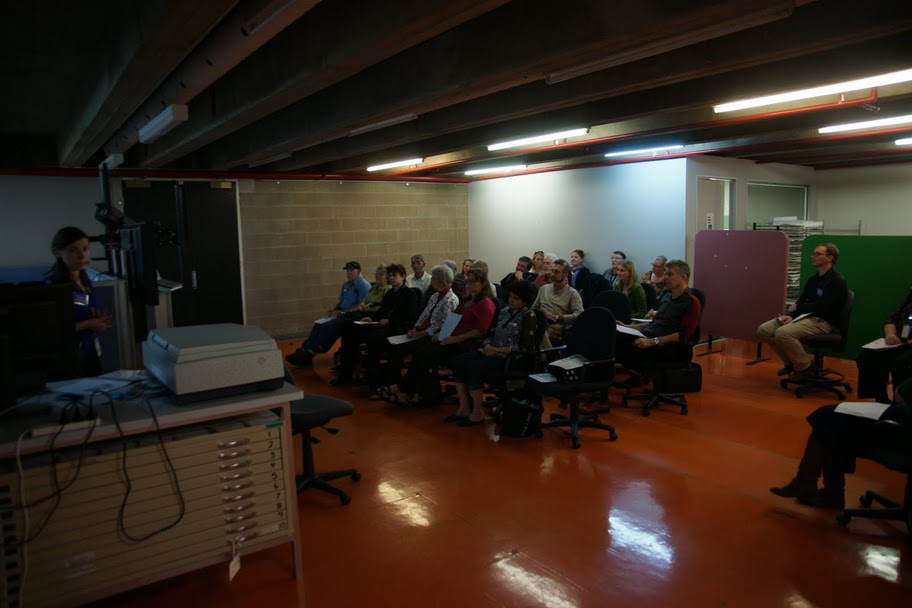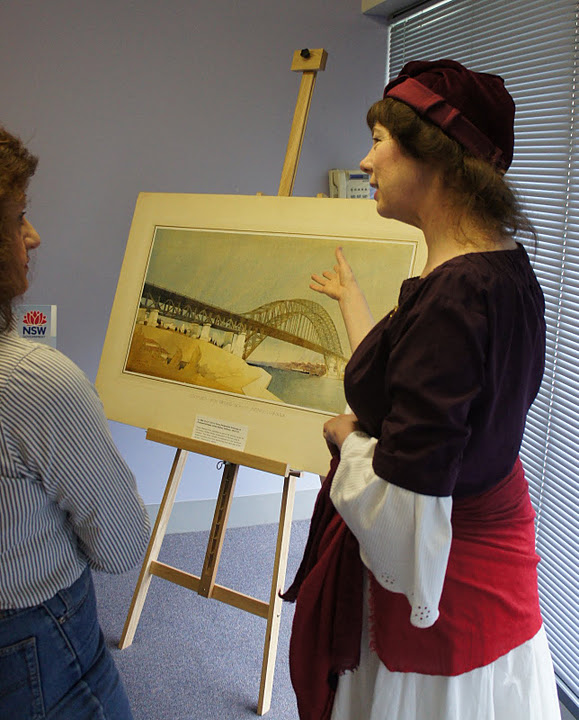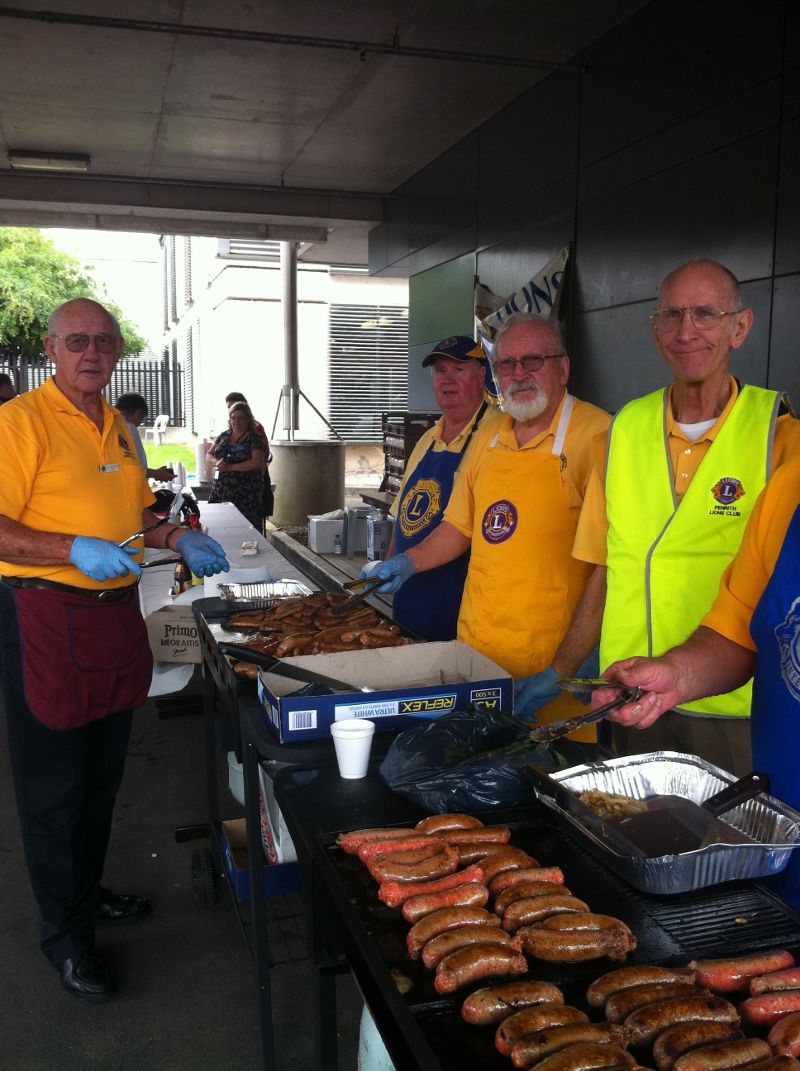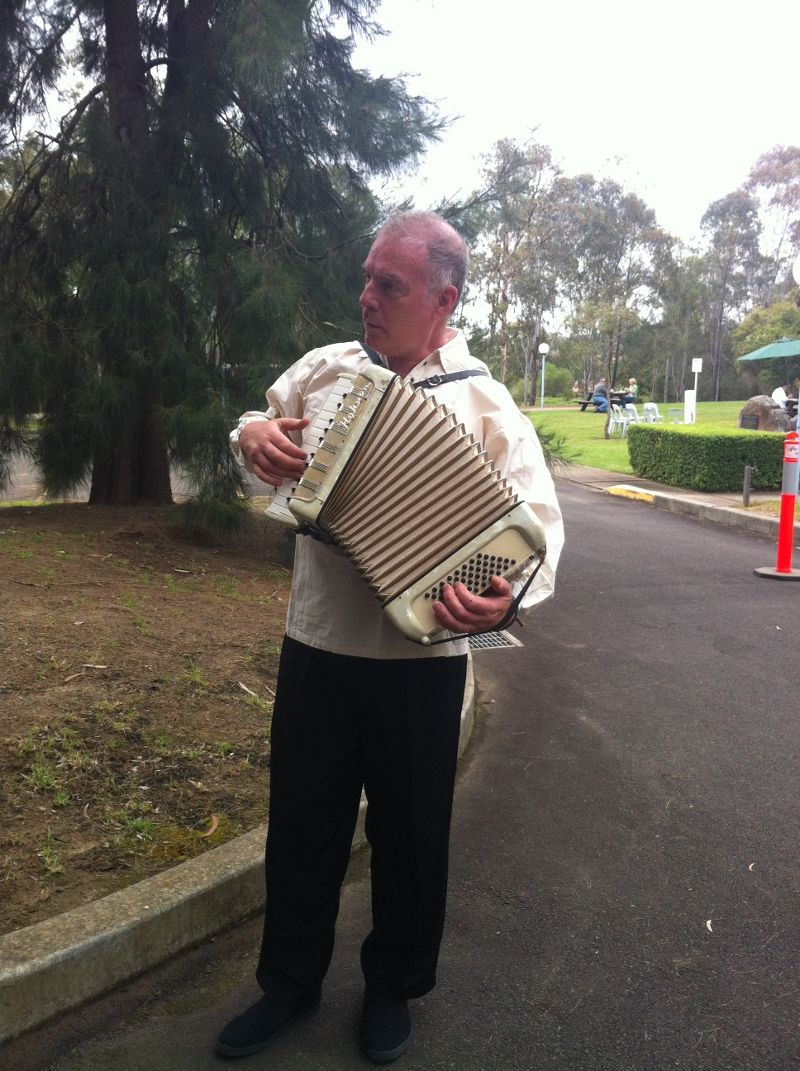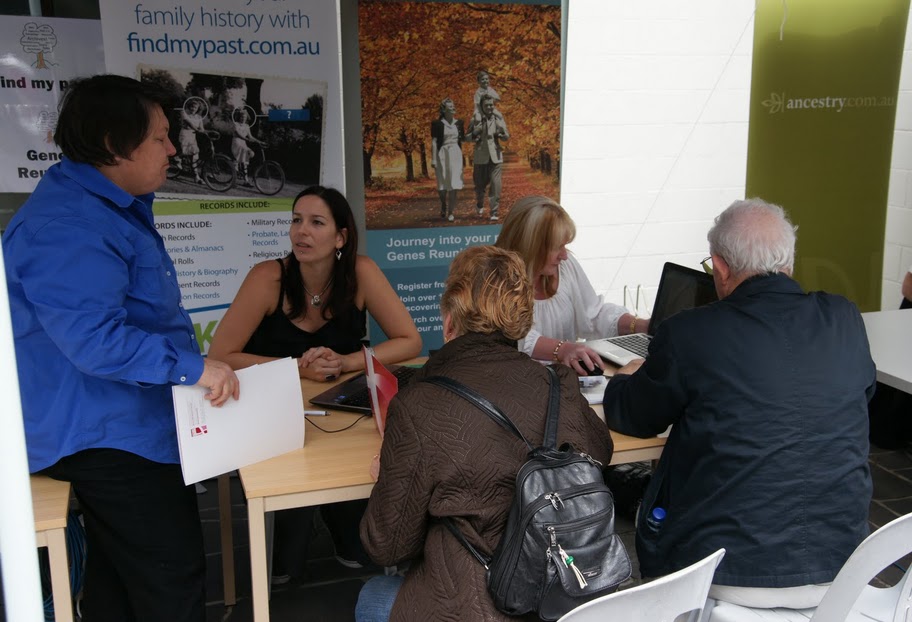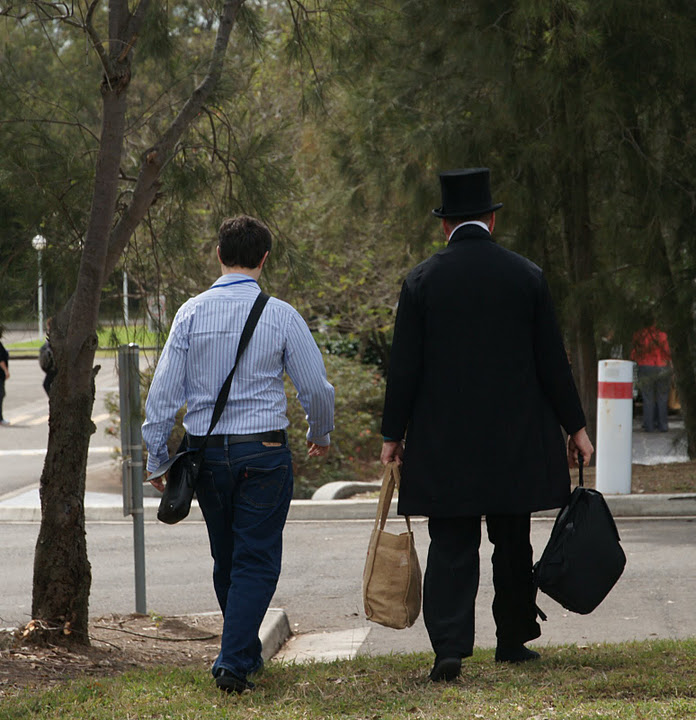Time flew and we nearly missed our birthday. We’ve both been busy with many things, including the “Aesthetics Committee”, a website overhaul and working on an archival storage project so this special day crept up on us quite unexpectedly.
There are nearly 350 posts and over 1300 comments on the blog. We’d like to say Thank You to everyone who visits, reads, guest posts, comments…and lurks. Yes, you! You know who we’re talking about.
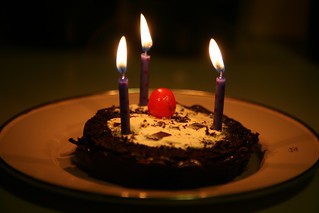
Birthday day is also the official Archives Outside Annual Lurkers Day
Wikipedia has updated their definition from last year:
In Internet culture, a lurker is a person who reads discussions on a message board, newsgroup, chatroom, file sharing, social networking site, listening to people in VOIP calls … or other interactive system, but rarely or never participates actively. Research indicates that “lurkers make up over 90% of online groups”
So hello to you, you 90 percenter! Come and join the 10% who, as you have seen, are really very lovely and friendly. Try a comment in the box below and see what happens :-D
If you’d prefer to stay a lurker, don’t worry, you still can. One day you may feel that de-lurkification is possible.
Now, who’s helping to blow out the candles?

